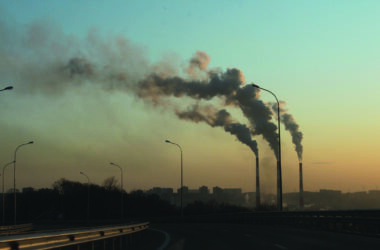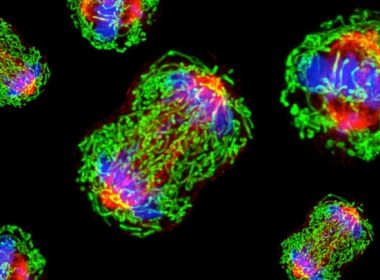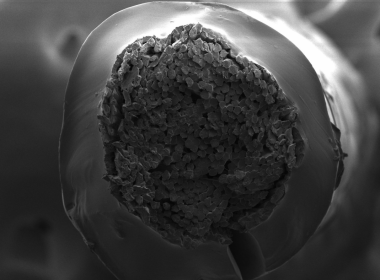Reactive nitrogen (Nr) is a primary plant nutrient fertilizer that plays a critical role in agricultural production. For the past century, the availability of Nr in soil has become increasingly important to farmers as they attempt to grow the crops that contribute to nitrogen fixation, the process by which microorganisms[Read More…]
Research Briefs
Neuroinflammation found to drive Alzheimer’s disease progression
Over a century ago, Alois Alzheimer, a German psychiatrist, spotted strange plaques and tangles in the brain slides of a patient with dementia. Ever since, scientists have been trying to better understand the mechanisms behind what is now known as Alzheimer’s disease. Alzheimer’s disease (AD) is a brain disorder that[Read More…]
McGill researchers find link between chronotype and sleep behaviour
Irregular sleep schedules are common among university students: From late night exam cramming to binge-watching favourite TV shows, most students have first-hand experience with sleep deprivation. Since proper rest is essential for optimal functioning and health, disrupted sleep is associated with many health-adverse effects including cardiovascular diseases. As such, studying[Read More…]
Leveraging gene editing technology to treat brain cancer
In 2020, the Jahani-Asl Lab in the Division of Experimental Medicine at McGill discovered that gene therapy techniques could make certain brain tumours more receptive to radiation treatment. Since then, the team has made yet another groundbreaking advancement—identifying a protein pathway that, when suppressed, could lead to reduced tumour growth.[Read More…]
Using AI to save lives
Content warning: Mention of suicide and suicidal ideation. Young people aged 18-29 reported some of the highest rates of depression and anxiety during the COVID-19 pandemic. Even before the social isolation wrought by the pandemic, rates of suicidal ideation among college-aged individuals were troubling: In a 2019 sample survey of[Read More…]
New aortic prosthesis reduces heart surgery operation time
On May 31, a research team at the Montreal Heart Institute (MHI) became the first in Canada to implant a new cutting-edge biological prosthesis into a patient’s heart. The main purpose of the device is to substitute a faulty aortic valve—a valve that regulates blood flow between the heart’s main[Read More…]
McGill researchers set the stage for new triple-negative breast cancer therapy
A cancer diagnosis can radically change the course of a person’s life. Nearly one in two Canadians is expected to develop cancer over their lifetime, and one in four is expected to die from it. Fortunately, physicians have an increasingly effective array of treatments available to counter this devastating disease. [Read More…]
From benchtop to bedside: How tendon-inspired sutures can help heal wounds
Sutures, the threads designed to close wounds and promote healing, have been used for thousands of years, having originated in ancient Egypt. Since their invention, physicians and scientists have experimented with a wide array of materials, from hemp and cotton to more modern synthetic fibres. New techniques have been developed[Read More…]
Deadly pollutant PM2.5 is lacking regulations worldwide
Particulate matter (PM) 2.5 is a group of airborne particles smaller than 2.5 micrometres found in ash, dust, vehicle exhaust, smoke, and sometimes the air we breathe. A micrometre is roughly one-millionth of a metre—about 30 times smaller than the average diameter of a human hair—and is only visible with[Read More…]
Exploring the microbiota of human breast milk
Until recently, scientists presumed that breast milk—the primary source of infant nutrition— was microbe-free. However, recent studies have found that breast milk contains a healthy dose of good bacteria. These microbes originate from the mother’s gut microbiota—the harmless micro-organisms that colonize the human digestive system. The microbiome performs diverse functions[Read More…]













